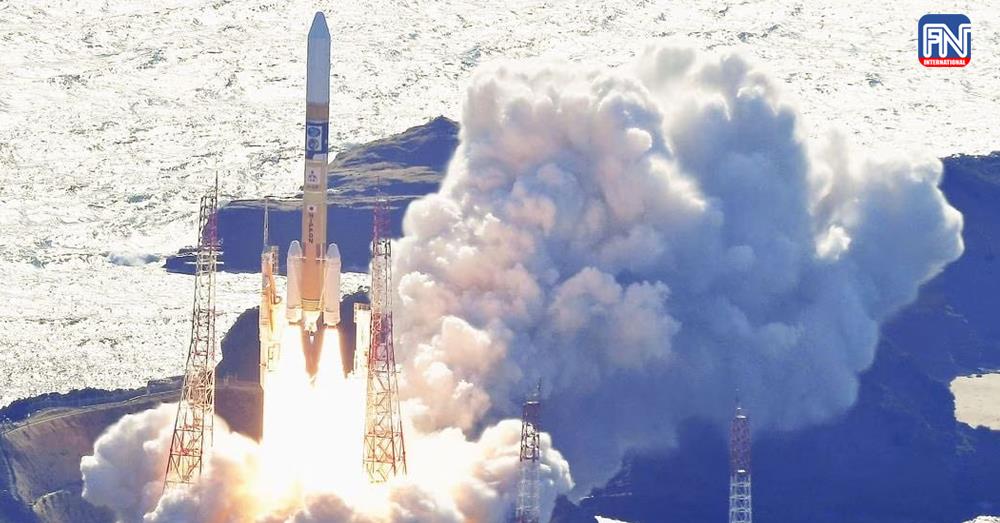TOKYO, Sep 7 (CNA) - Japan launched on Thursday (Sep 7) a rocket carrying what it hopes will be its first successful Moon lander, live footage from the country's space agency showed.
The H2-A rocket blasted off at 8.42am local time carrying the precision Moon Sniper lander which is expected to touch down on the Moon's surface in four to six months.
The lift-off from Tanegashima in southern Japan, which had been postponed three times by bad weather, was watched by around 35,000 people online.
The rocket was also carrying a research satellite developed by the Japan Aerospace Exploration Agency (JAXA), NASA and the European Space Agency.
The launch came after India last month landed a craft near the Moon's south pole, a historic triumph for the world's most populous nation and its low-cost space programme.
Japan's compact lander, officially called the Smart Lander for Investigating Moon (SLIM), is designed to land within 100m of a specific target on the Moon, far less than the usual range of several kilometres.
"By creating the SLIM lander humans will make a qualitative shift towards being able to land where we want and not just where it is easy to land," JAXA said before the launch.
"By achieving this, it will become possible to land on planets even more resource scarce than the Moon," it said.
Globally, "there are no previous instances of pinpoint landing on celestial bodies with significant gravity such as the Moon," JAXA said.
India joined the United States, Russia and China to place a spacecraft on the lunar surface, and the first one to do so on the south pole.
Japan's previous attempts have failed, including last year when it sent a lunar probe named Omotenashi as part of the United States' Artemis programme.
The size of a backpack, Omotenashi would have been the world's smallest Moon lander.
But after the probe was launched by NASA's powerful rocket from the Kennedy Space Center in Florida the mission went wrong and communications were lost.
Japan has also had problems with launch rockets, with failures after liftoff of the next-generation H3 model in March and the normally reliable solid-fuel Epsilon last October.
In July, the test of an Epsilon S rocket, an improved version of the Epsilon, ended in an explosion 50 seconds after ignition.
And in April, Japanese start-up ispace failed in an ambitious attempt to become the first private company to land on the Moon, losing communication after what the firm called a "hard landing".
The Japanese rocket that took off Thursday was also taking into space the X-Ray Imaging and Spectroscopy Mission (XRISM) developed by JAXA, NASA and ESA.
The satellite's high-resolution X-ray spectroscopic observations of the hot gas plasma wind that blows through the universe will help study the flows of mass and energy as well as the composition and evolution of celestial objects.
